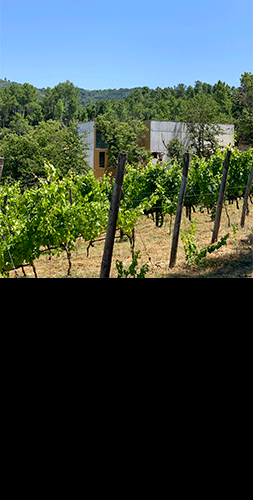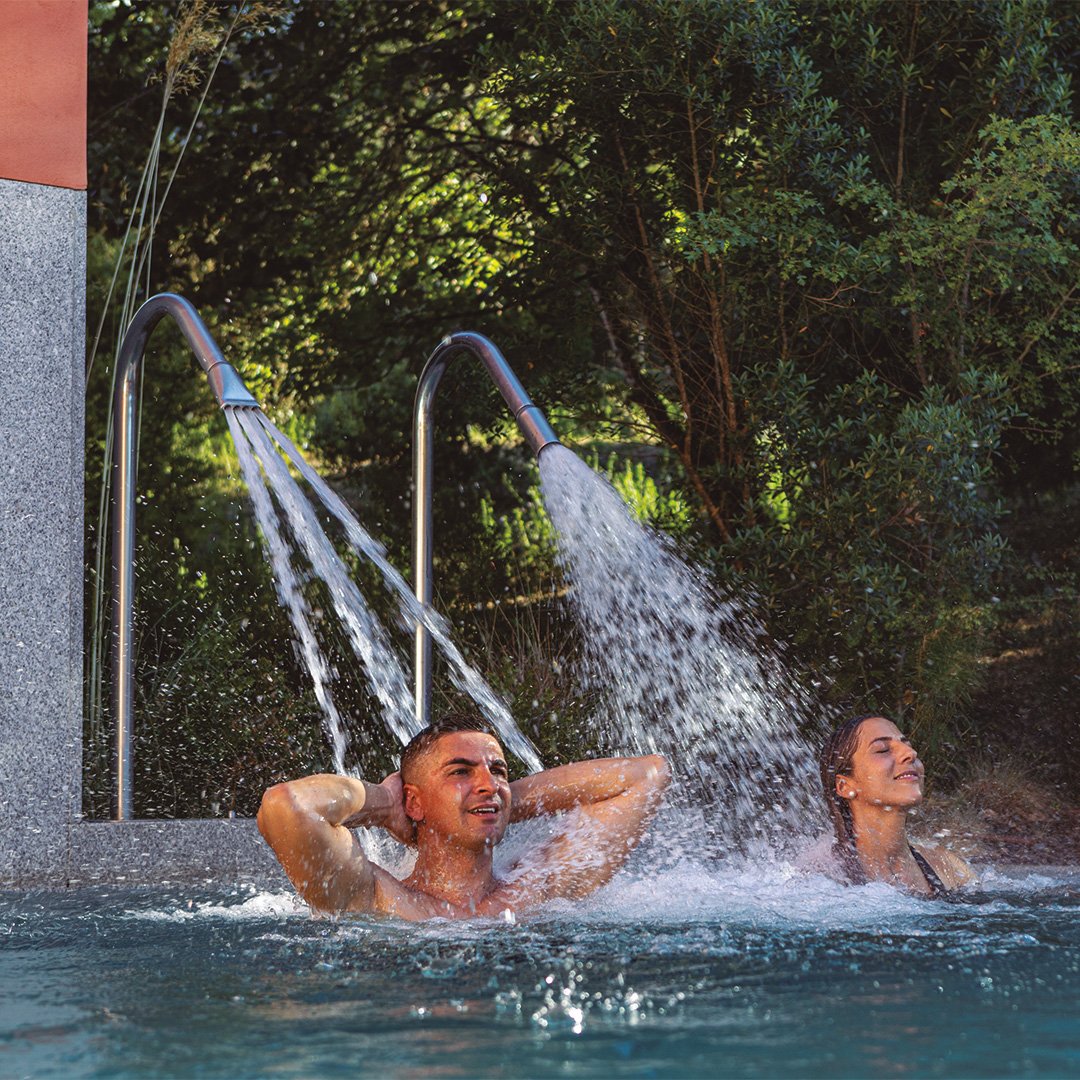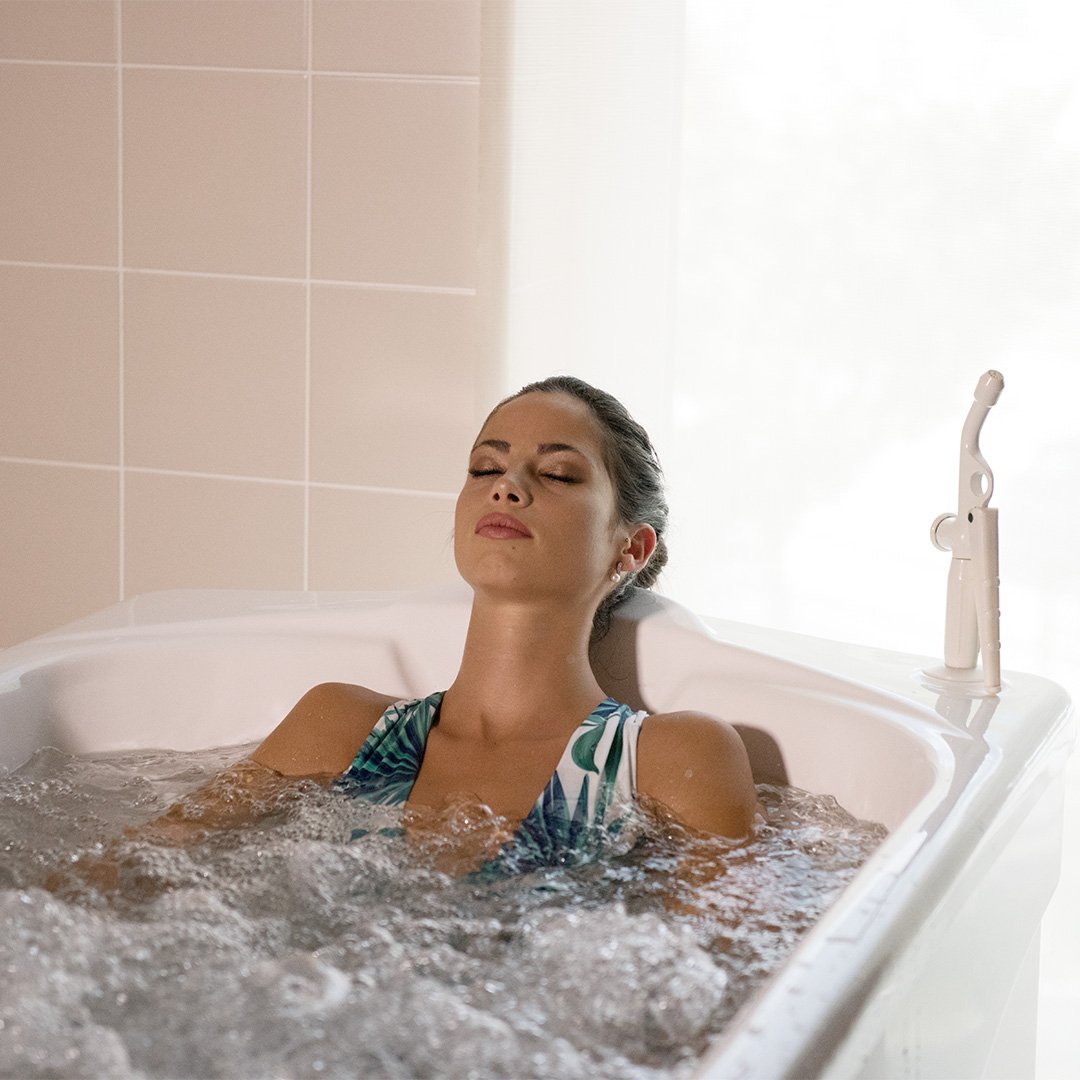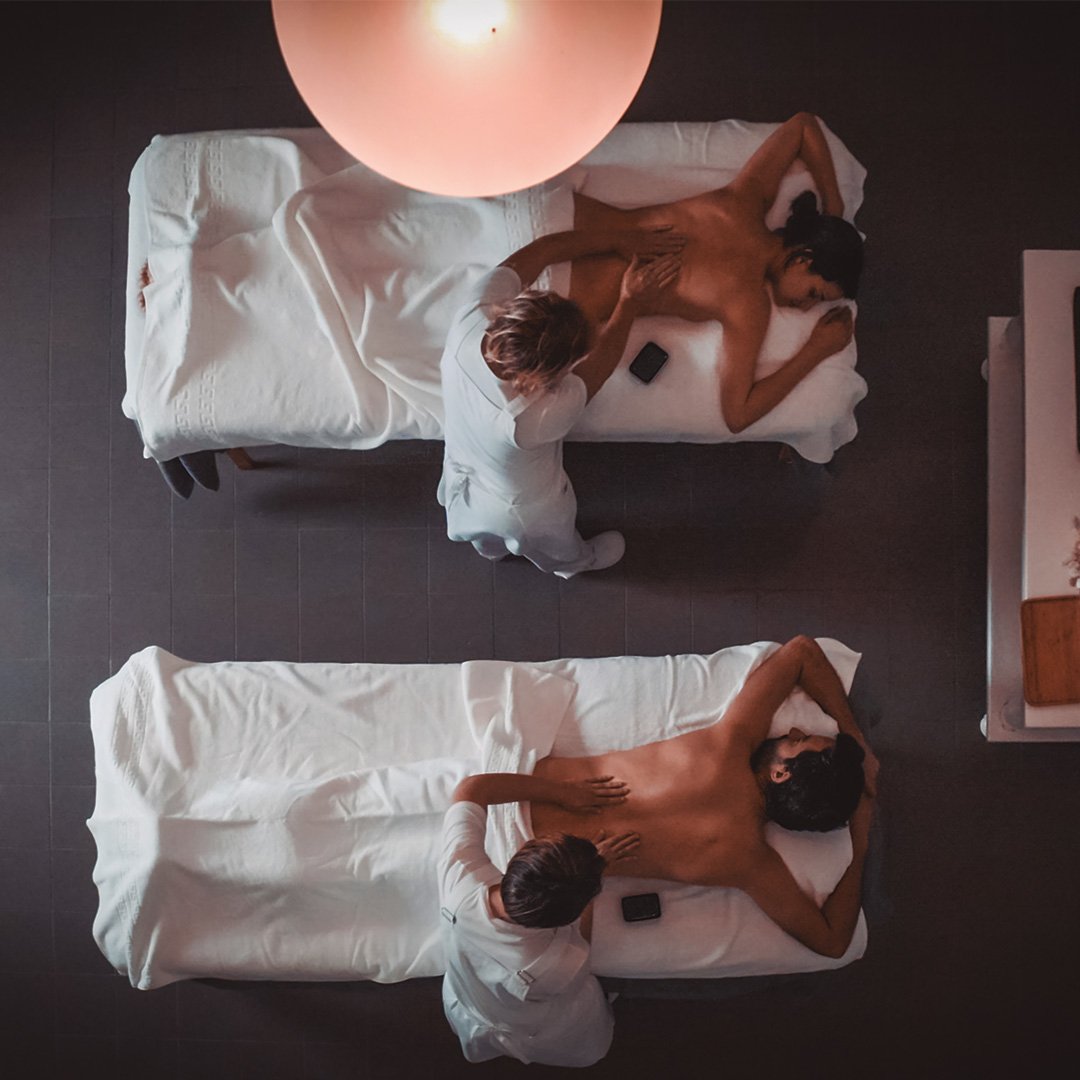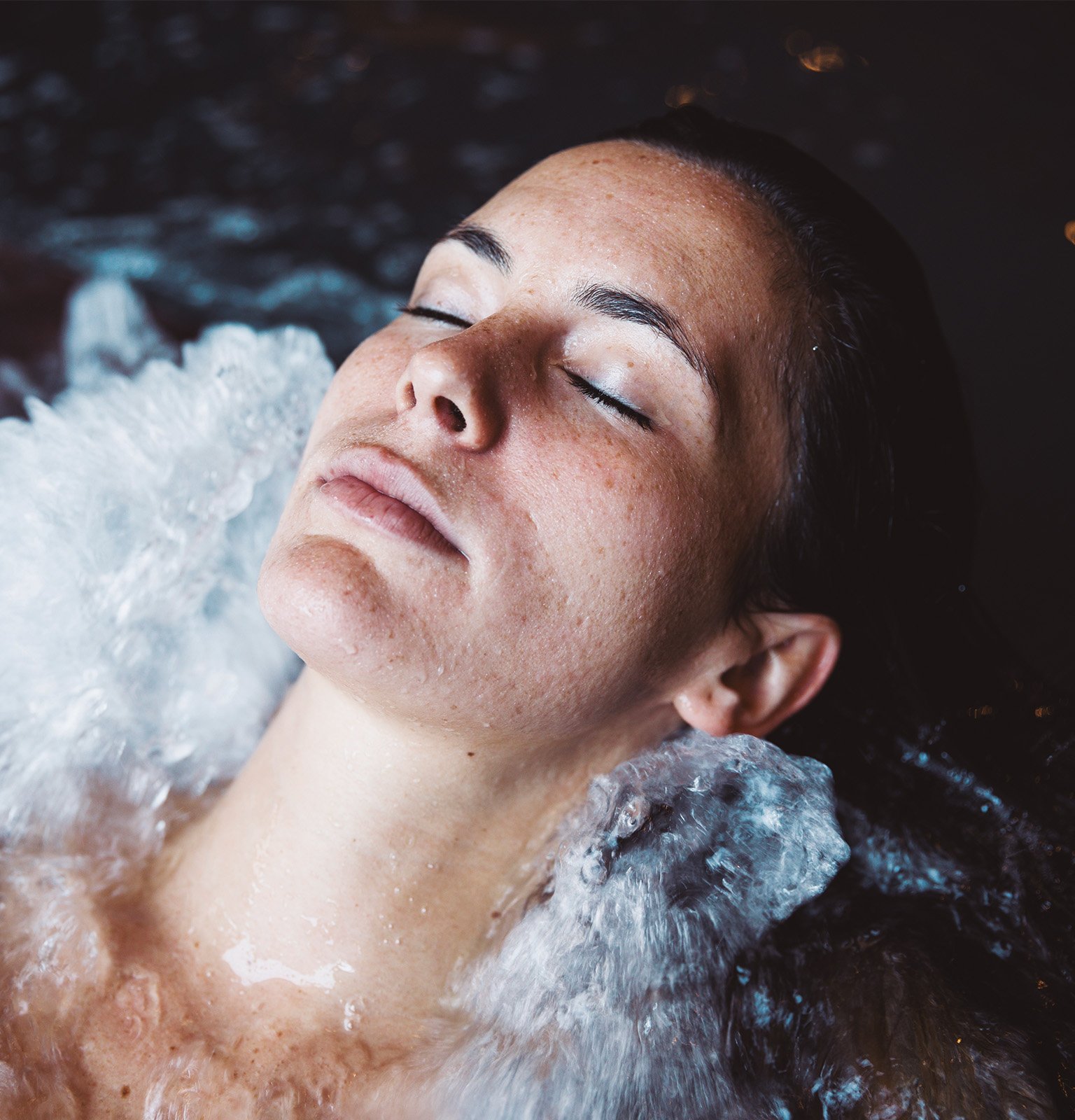
As summer approaches, there is a greater need to cultivate body and mind. It’s time to save time in your agenda and invest in life’s priorities: health and wellness.
In this issue, V&G wanted to bring you something a little different. The proposal is to visit some of the most prestigious spas in Portugal, from north to south.
It was the Romans who contributed to the evolution of the practice of bathing, culminating in the beginning of a thermal culture which, centuries later, took on the concept of thermalism. Apart from body hygiene, the Romans used thermal waters for therapeutic purposes and relaxation. This legacy is still present today and thermal tourism has become more and more relevant. It might be that the frenetic pace of life has boosted interest in physical and mental well-being, along with the need to step outside life’s routine.
In this issue, V&G wanted to bring you something a little different. The proposal is to visit some of the most prestigious spas in Portugal, from north to south.
It was the Romans who contributed to the evolution of the practice of bathing, culminating in the beginning of a thermal culture which, centuries later, took on the concept of thermalism. Apart from body hygiene, the Romans used thermal waters for therapeutic purposes and relaxation. This legacy is still present today and thermal tourism has become more and more relevant. It might be that the frenetic pace of life has boosted interest in physical and mental well-being, along with the need to step outside life’s routine.







